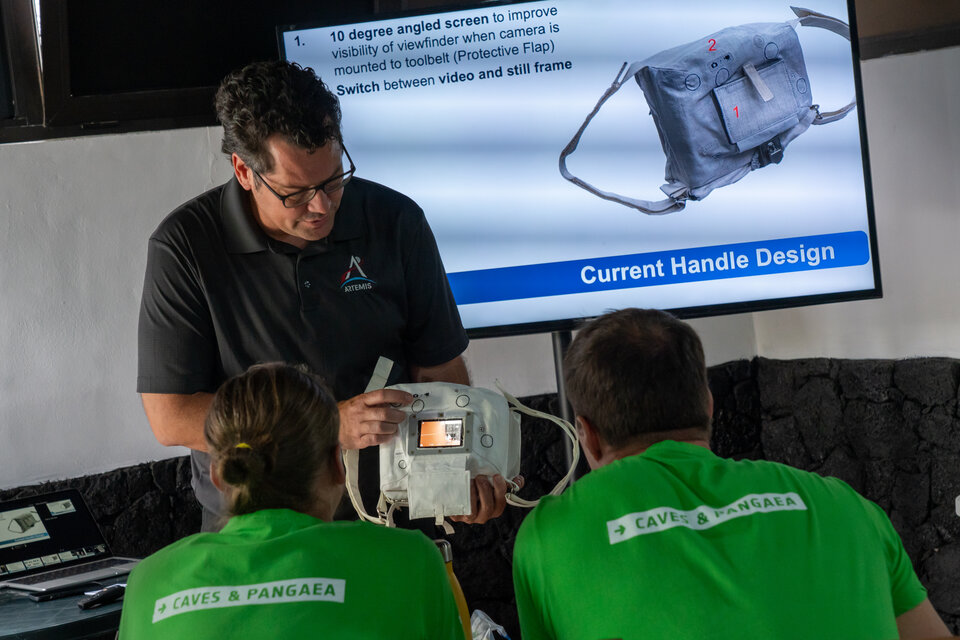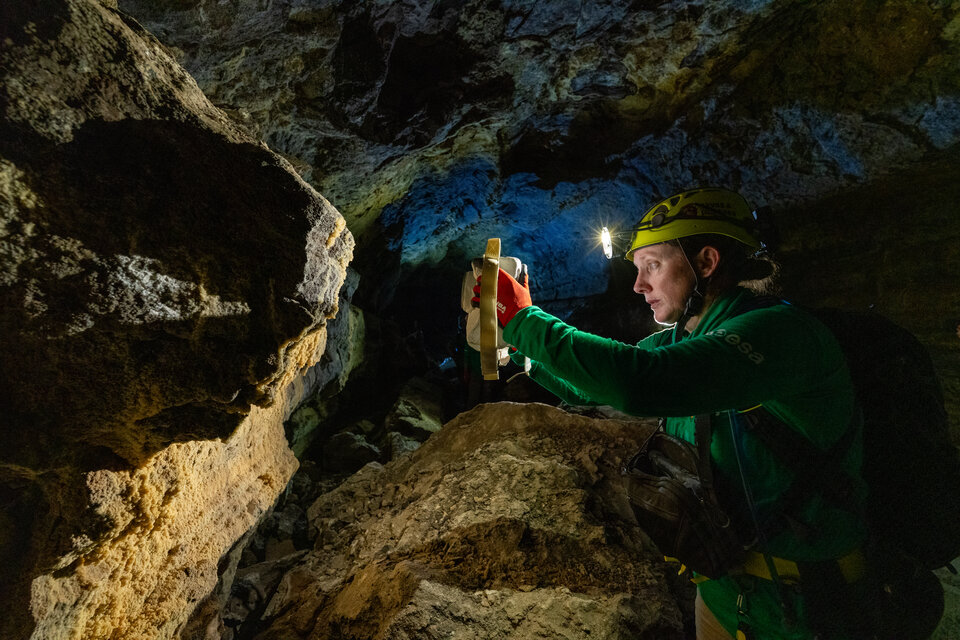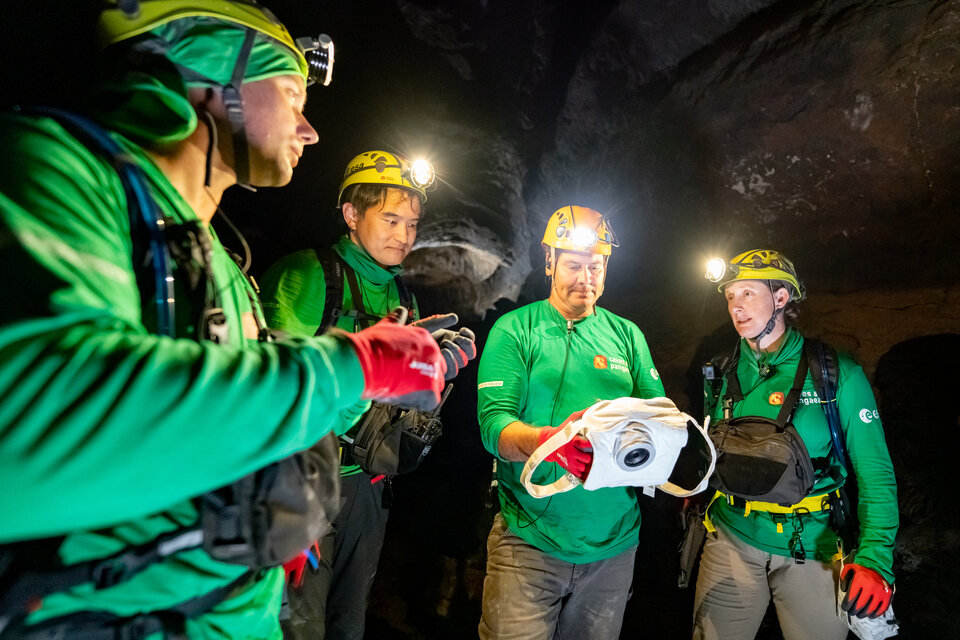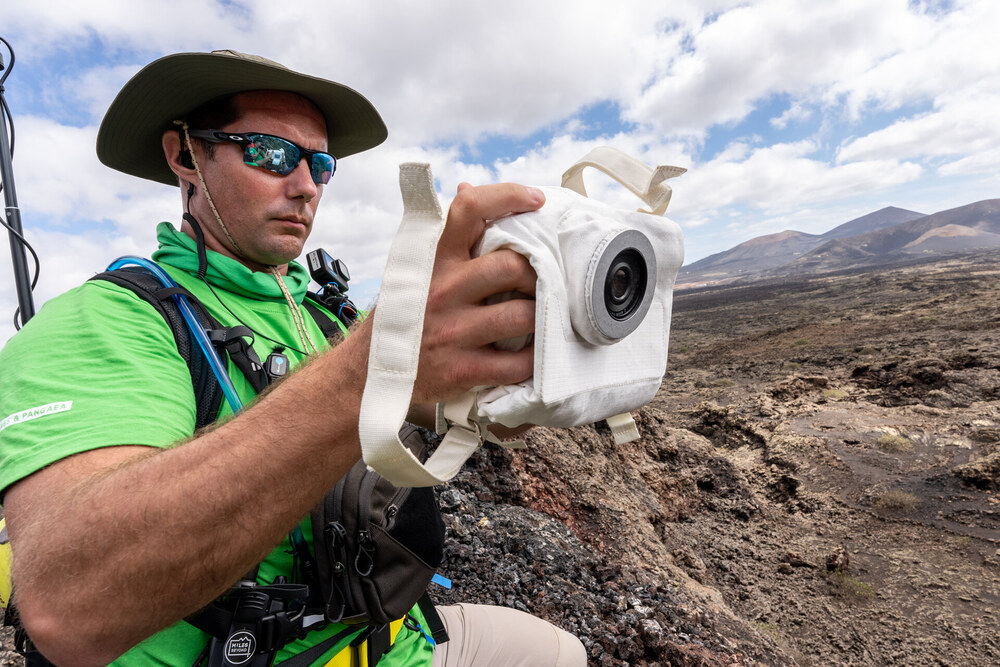In the race to explore the vast expanse of the Moon, technology and innovation play pivotal roles. The European Space Agency (ESA), in collaboration with NASA’s Artemis imagery team, is at the forefront of this endeavor. Their latest contribution? The Handheld Universal Lunar Camera (HULC), a device poised to revolutionize lunar photography.

HULC’s Testing Grounds: Earth’s Own Lunar Landscape
Before the HULC can make its mark on the Moon, it first had to prove its mettle here on Earth. Lanzarote, Spain, with its moon-like terrains, served as the perfect testing ground. As part of the PANGAEA training program, an international team of astronauts and engineers evaluated the camera’s capabilities in realistic geological exploration scenarios. “The engineers behind the HULC worked diligently with ESA in these lunar-like landscapes,” commented Loredana Bessone, PANGAEA’s Project Lead. She further added, “Adding the Moon camera allowed the crew to have a realistic taste of lunar surface exploration.”

Innovations in Camera Technology
The HULC isn’t just any camera; it’s a marvel of modern engineering. Built from professional off-the-shelf cameras known for their high light sensitivity, it’s equipped with state-of-the-art lenses. But space is a harsh environment, and the camera needed to be prepared for it. NASA’s team introduced several modifications, including a protective blanket against the Moon’s extreme temperatures and ergonomic buttons designed for astronauts in their bulky spacesuits. ESA astronaut Thomas Pesquet remarked on the design, stating, “The engineers have done a really good job reconfiguring the buttons and arranging them in a simple yet reliable protection for the camera.”

The Challenges Ahead
While the HULC boasts impressive features, lunar photography is not without its challenges. The Artemis III mission, set to land near the Moon’s South Pole, will face significant light contrasts and the abrasive nature of lunar dust. “Conditions for photography will be tricky in many ways,” noted Thomas Pesquet, emphasizing the challenges of operating the camera in such conditions.
Similar Posts
Jeremy Myers, NASA’s lead for the HULC camera, highlighted the importance of the camera’s intuitive design. “The human factor is a big deal for us,” he explained. “You want the camera to be intuitive and not taxing on the crew.” Myers also emphasized the importance of image quality, stating, “It was very useful to have the geologists’ point of view to ensure the photos had the right resolution, depth of field, and exposure.”

Looking to the Future
The journey of the HULC is far from over. While its core remains consistent, its interface and housing continue to evolve. Further tests are planned on the International Space Station, and NASA teams are addressing challenges like temperature extremes, vacuum, radiation, and the abrasive nature of lunar dust. As Jeremy Myers optimistically concluded, “I am positive that we will end up with the best product – a camera that will capture Moon pictures for humankind, used by crews from many countries and for many years to come.”

The HULC represents more than just technological advancement; it symbolizes the collaborative spirit of international space exploration. As we look to the future, it’s innovations like these that will pave the way for deeper understanding and exploration of our nearest cosmic neighbor.

















